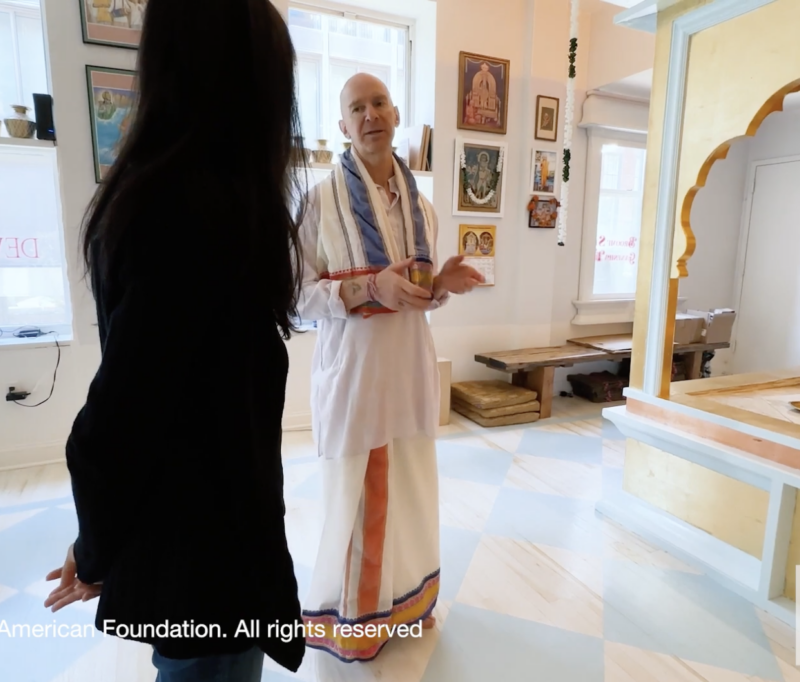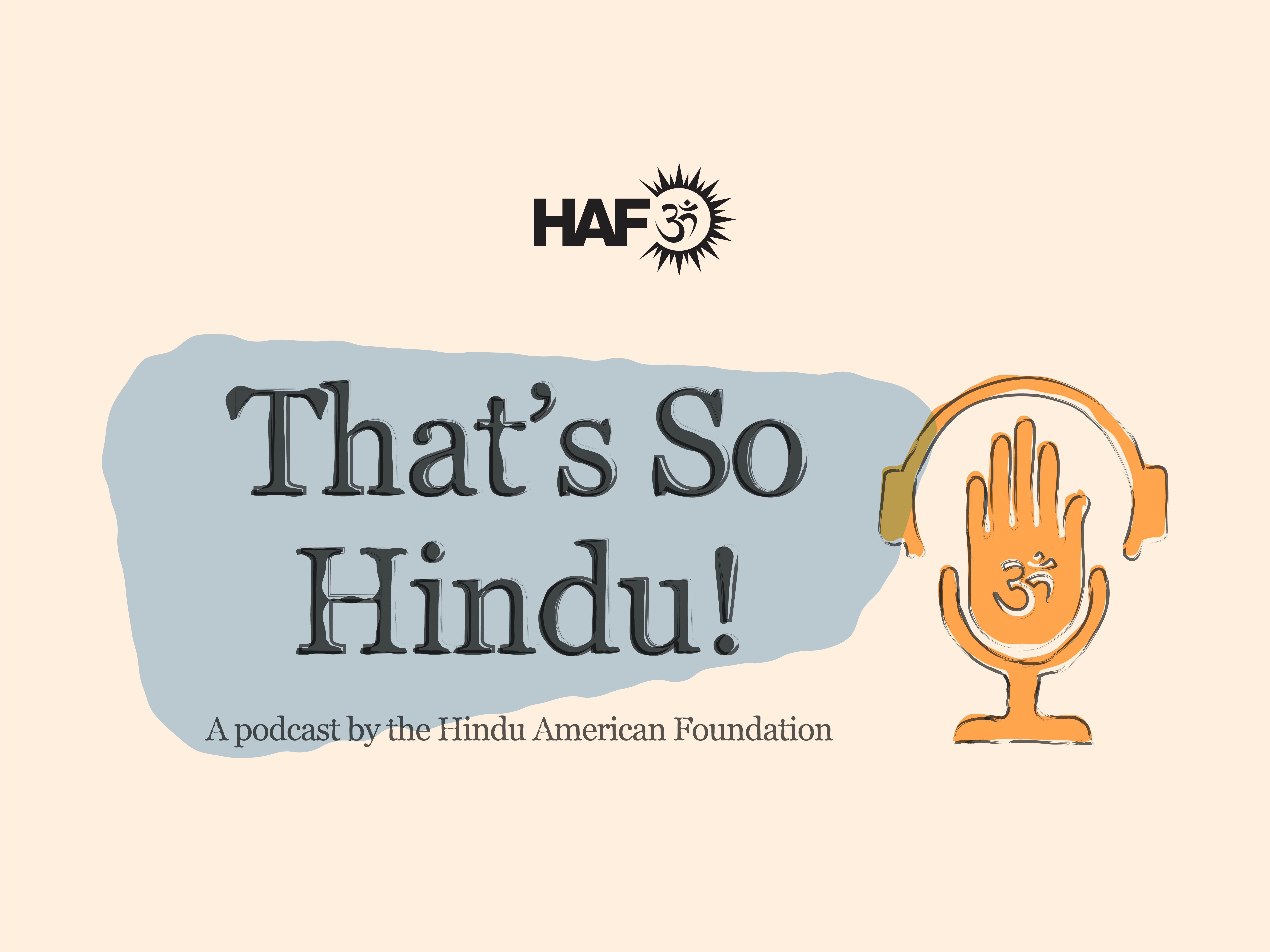
It is a story that seems to fulfill every phantasmic imagination of an exotic India. Steven Spielberg’s Indiana Jones, and all of its detestable stereotypes elicited in the Temple of Doom, could not have written a better script. For the news headlines out of India over the last week have breathlessly touted untold treasures tumbling out of a chamber deep from within the inner sanctum of an ancient Hindu temple.
Ruling on a private citizen’s petition, the Supreme Court of India ordered that the vaults of one of South India’s most prominent temples, the Padmanabhaswamy Temple, be opened and the contents within it be catalogued. Statues of pure gold studded with emeralds and baskets of antique gold coins dating back half a millennium and more have been discovered thus far, and the total value is reportedly being pegged anywhere between $5 and $20 billion.
India as a land of stunning contradictions is as much a tired cliché as it is true. But what to make of the priceless treasures? Why would the government demand that the vaults of a private temple be opened? And what to do with a bounty suitable for the Gods? In these questions lies a potent commentary on the vagaries of Hindu life in India today.
In a bid to define a very idiosyncratic version of secular democracy, India’s first Prime Minister, Jawaharlal Nehru, placed the most prominent Hindu temples under government control by appointing the boards that administer them. So while Hindus do not actually control many of their temples, churches and mosques enjoy freedom from any government interference. This inconsistency was exploited by the Supreme Court of India, that could then claim authority to force the long hand of Big Brother into the most sacred depths of a temple and force open its vaults.
The 16th century Padmanabhaswamy temple was preserved by the erstwhile royal family of Travancore, now part of the southern state of Kerala, for generations, and it was they who placed their own royal assets into the temple in their faith that the deity of the temple is actually the legitimate ruler of their kingdom. While the gifts to their patron deity had a pragmatic dimension for the royals since the assets could be used in time of crisis, such as famine or war, it was the latter that was of immediate concern for Hindu civilization over the last millenia.
A contemporary temple, perhaps even more prosperous, the Somnath temple in the state of Gujarat, exemplifies the very real danger these temples faced. Starting in 1025 AD, that temple was plundered of its magnificent wealth and, by some accounts, a hundred thousand monks within its walls massacred, in successive attacks during the Islamic invasions of India. The last destruction of the continuously rebuilt temple occurred in 1701. As with all things sacred then, the ritual, hidden storage of wealth–symbolizes the deep devotion of its patron family no doubt—but may have had a very real practical purpose that cannot be discounted.
Not surprisingly, socialist leaders in India are calling for the temple wealth, that may amount to as much as the entire annual education budget for India, to be summarily sold off with the money distributed to the millions of the nation’s poor. Of course, if temples could be pawned off so easily, churches and mosques–perhaps even the glittering gold lining Sikhism’s holiest shrine–would be next? Should the Sistine Chapel be sold to bail out Italy’s sovereign debt crisis? Hindu shrines receive no government subsidies for their maintenance, and the idea of India’s notoriously corrupt government confiscating their treasure is thankfully anathema to most observers.
In the end, it seems that the sacrilegious opening of the chambers has proven what people living in the temple’s reach always knew. The royal family that once held sway over their lands was a benign monarchy that safeguarded their temple’s treasures for generations to come. The family, even today, makes no claim on the riches, maintaining that their ancestors’ offerings can never belong to them–they belong to the same God they worshipped in the form of a deity within the temple and that pervades all of creation and beyond.
The authorities who insinuated themselves into this relationship between offerings and devotees would do well to approach the riches in the same spirit. Those gold necklaces, sculptures, and coins cannot belong to the government or any other bureaucratic entity, and must be entrusted to the care of those devotees that have safeguarded the treasures for so long. And as with any question that arises in relation to Hindu temples, guidance comes from the collection of Sanskrit texts, the Agamas, that actually lay out instructions specifically in such a situation where temple treasures are discovered. S.P. Sabharathnam, one of the foremost scholars of the Agamas based in India, explained to me that the Mulakosa Bhakta Vivarana (Allocation of the Divine Treasure) chapter specifically enjoins that the treasures should be held, but the interest accrued can be used for worldly needs ranging from preservation of that temple and other temples in need to feeding of devotees and the poor and creating schools for preservation of Vedic and general studies. Follow the words of the ancients, and such a move could revitalize the temple and address the urgent needs of many lesser known Hindu institutions decaying in the face of weak governing boards and government neglect.
The story playing out in south India must end well for that temple, as the stakes are as high as the valuation of the gold. High levels of security will, indeed, now be a daily reality for this and many other temples that may be suspected of housing similar riches. Perhaps the temple will some day display a sampling of the wealth that characterized the Indic civilization at its zenith and that was plundered and looted by successive invasions that defined the last millenium until the British colonialists left in 1947. Perhaps the jewels of India can someday be seen in India without having to visit the Tower of London.








































